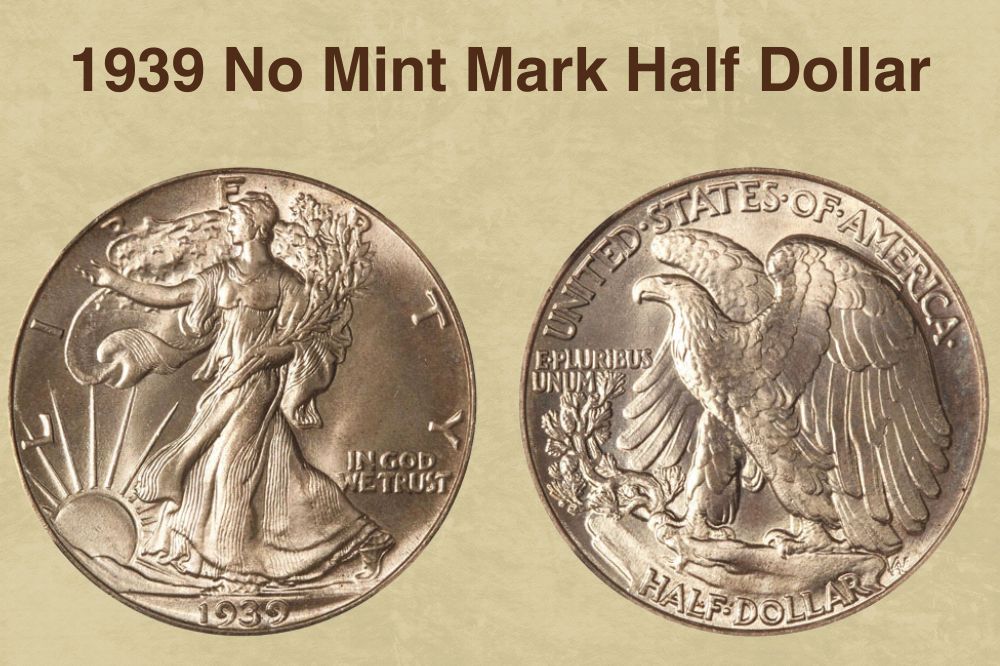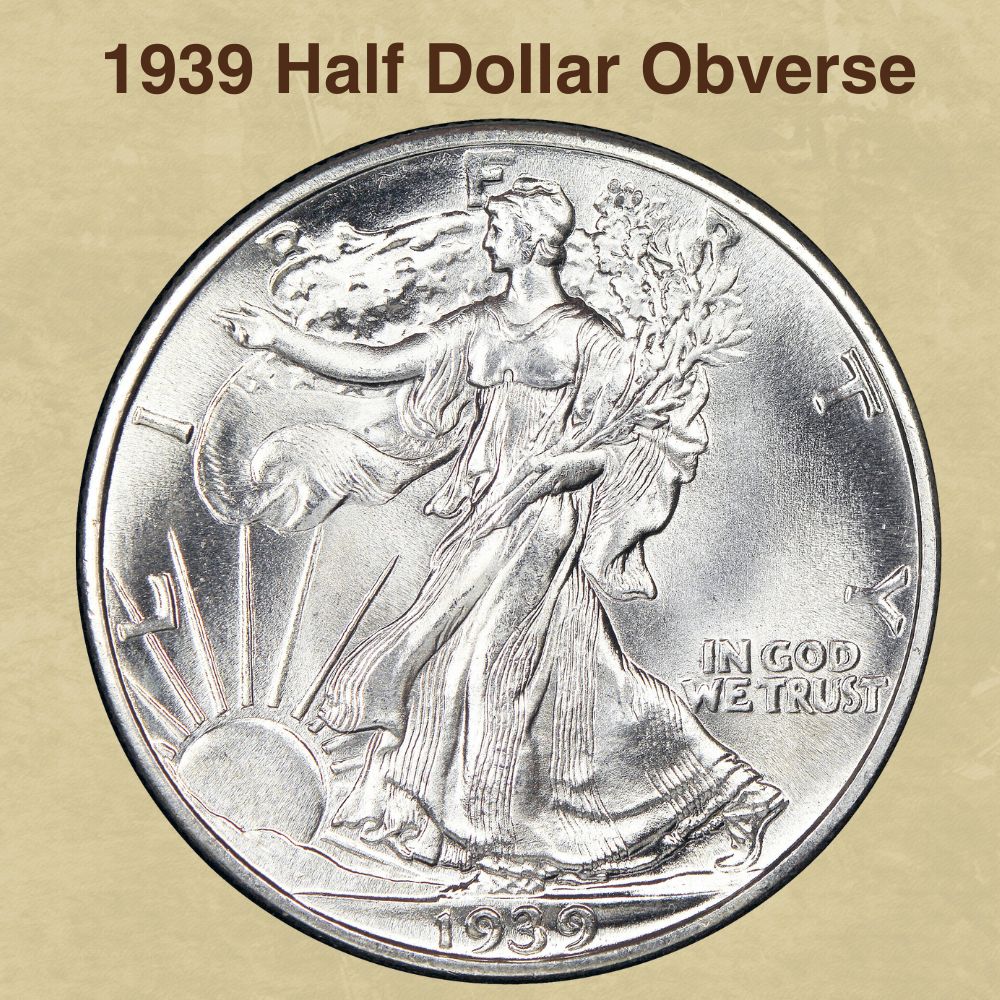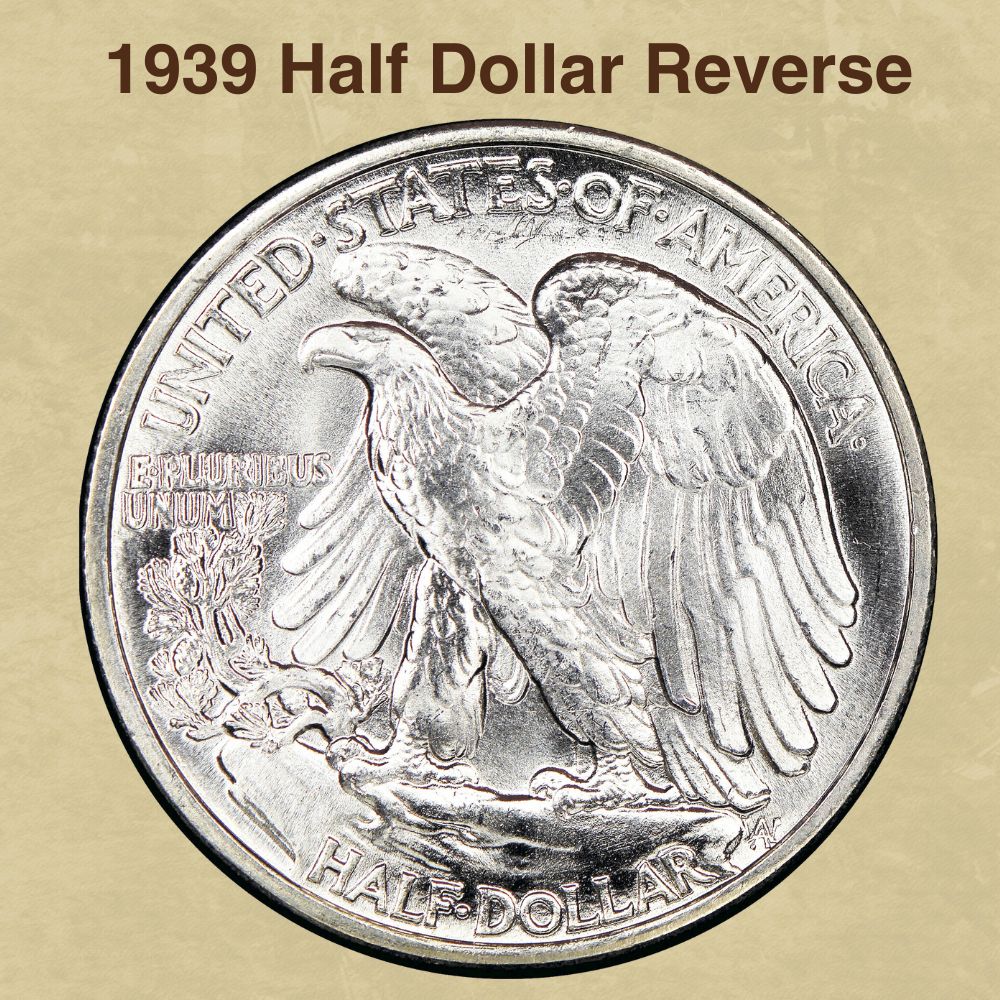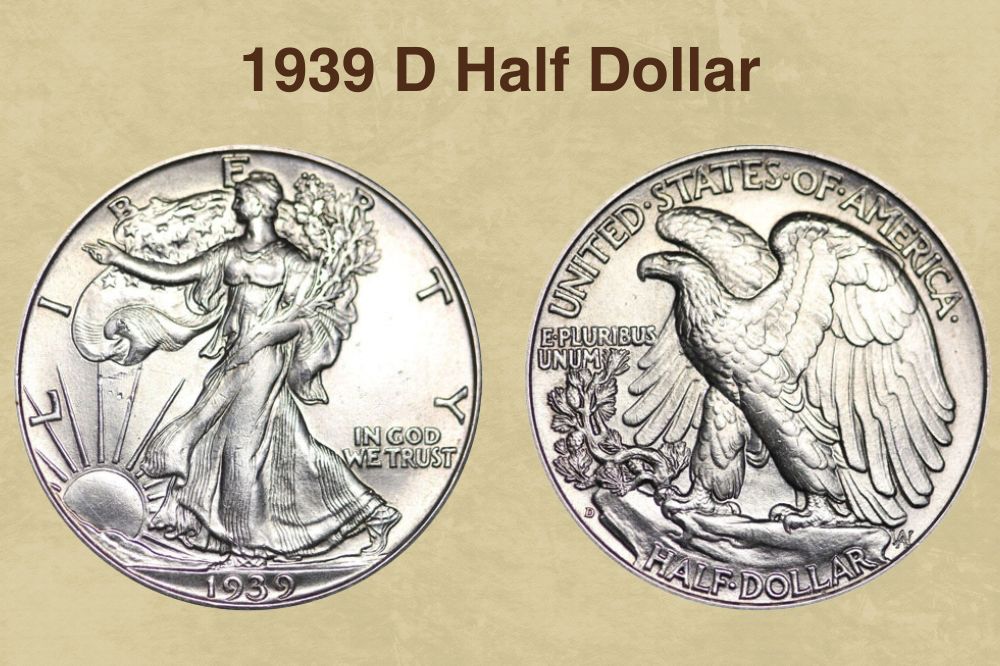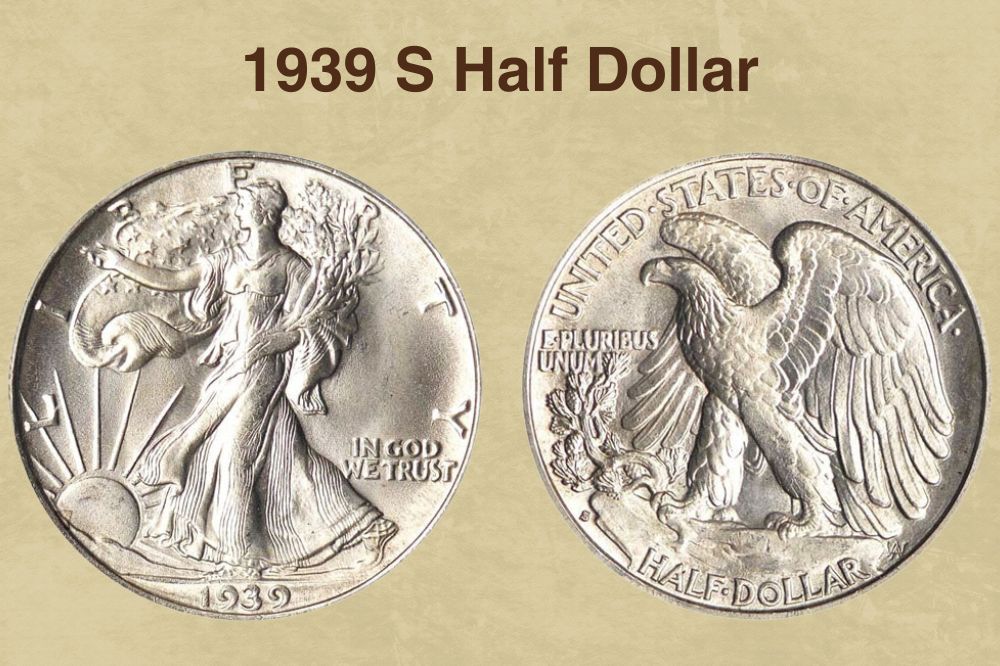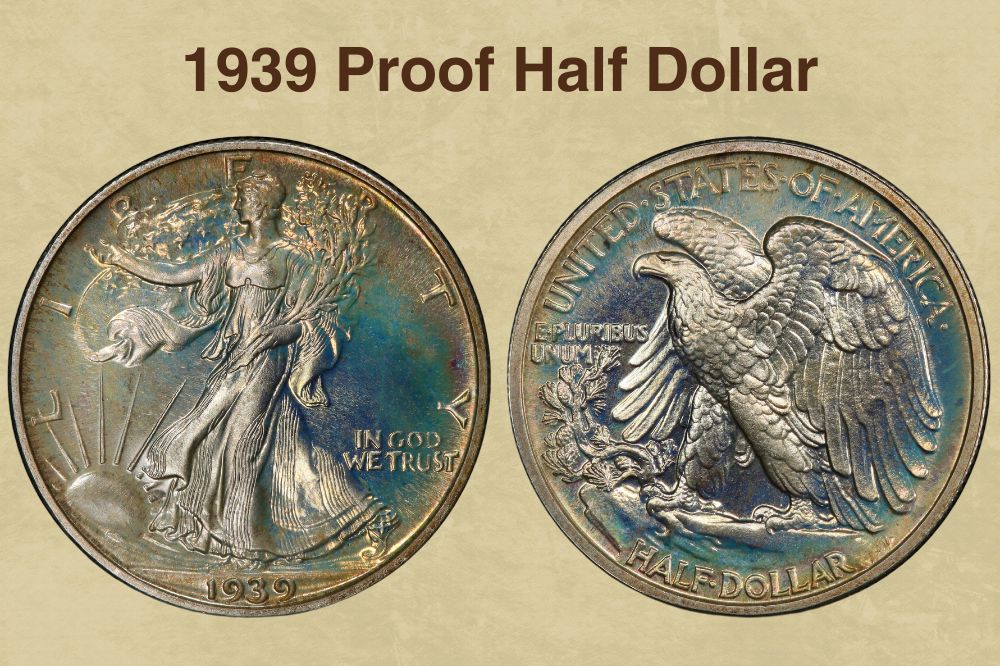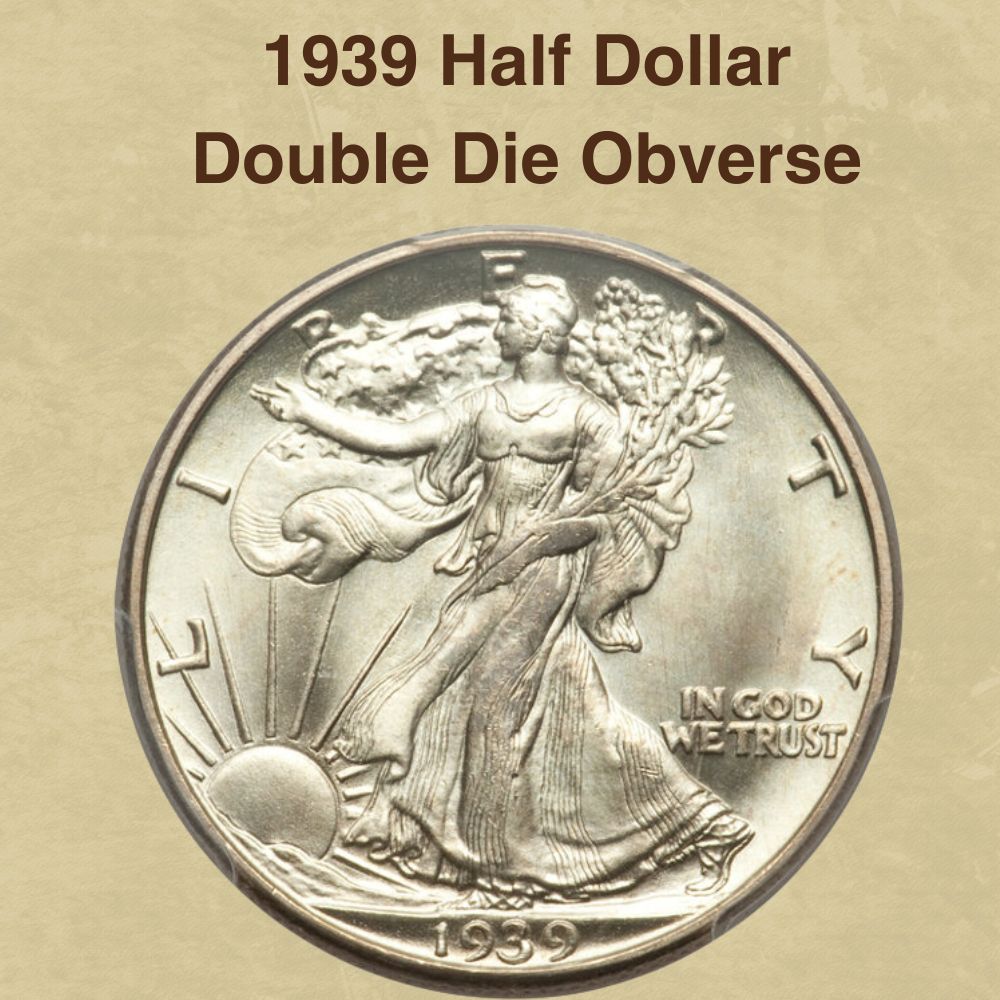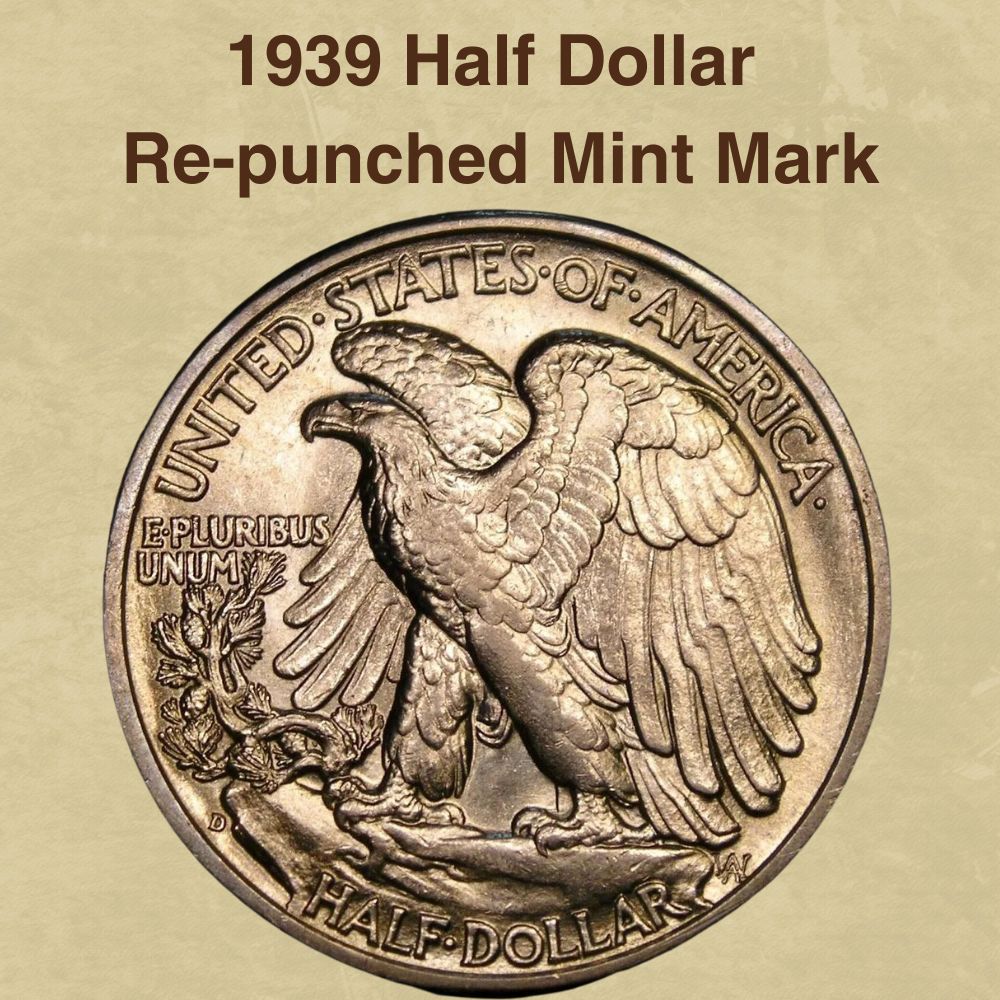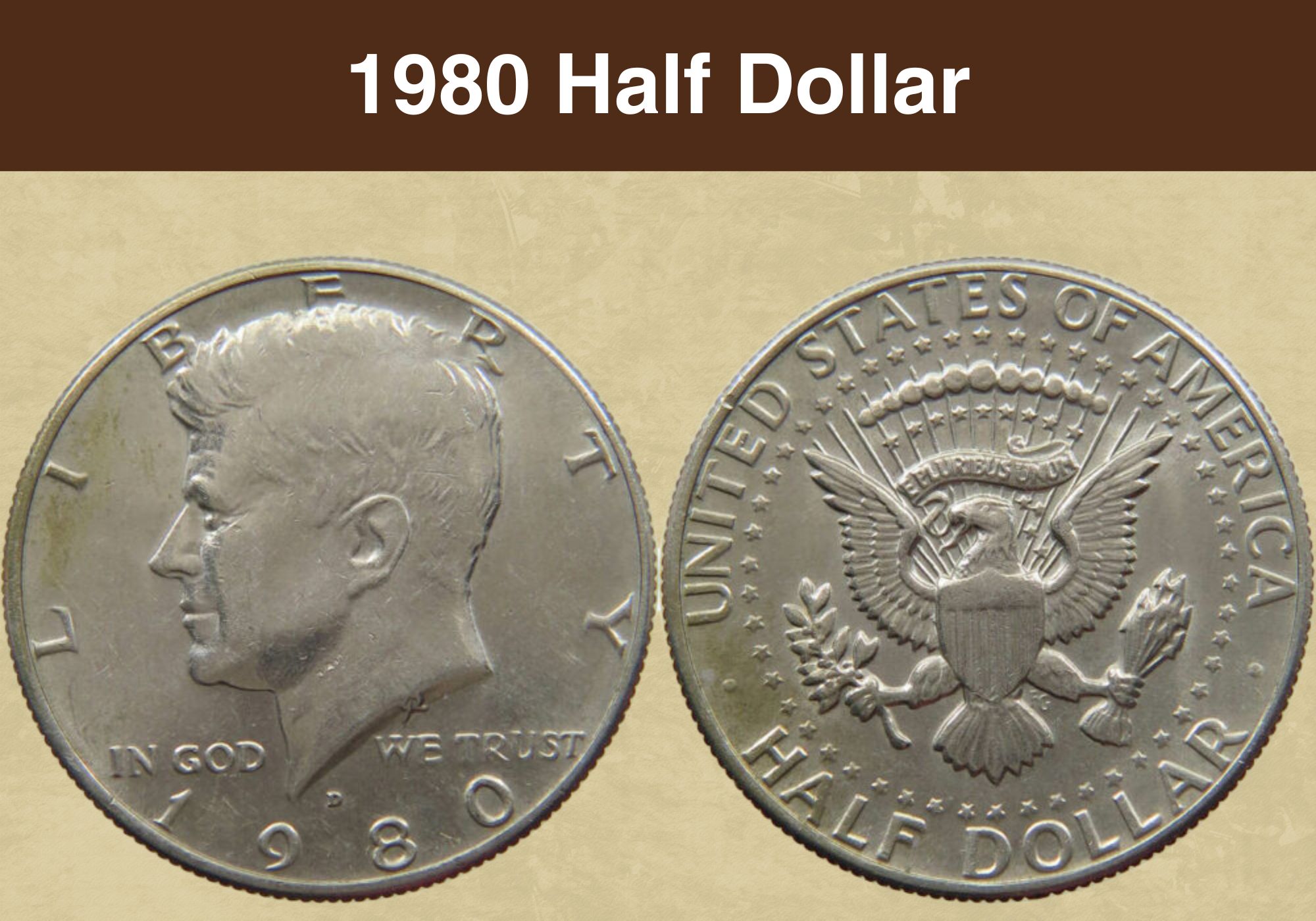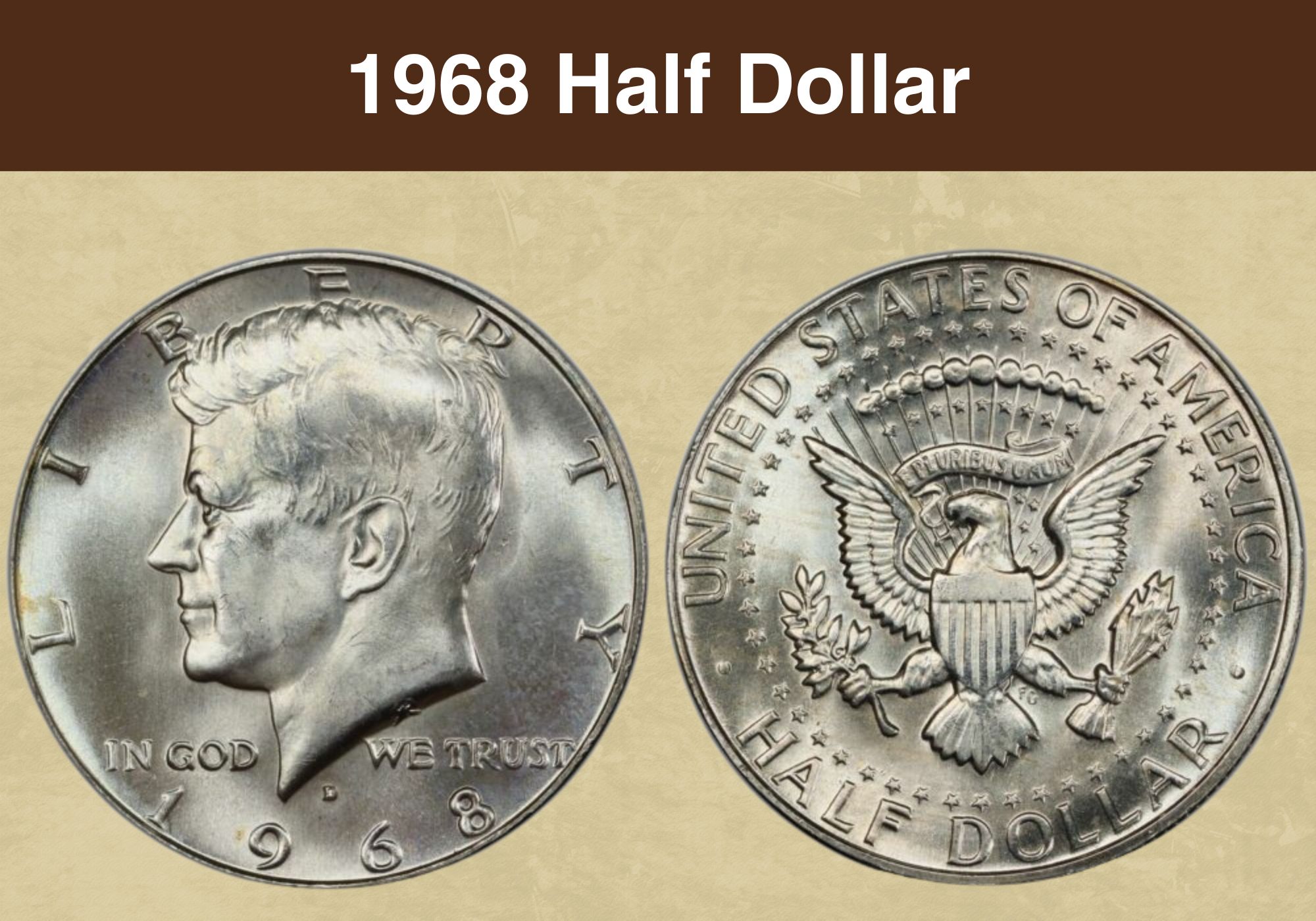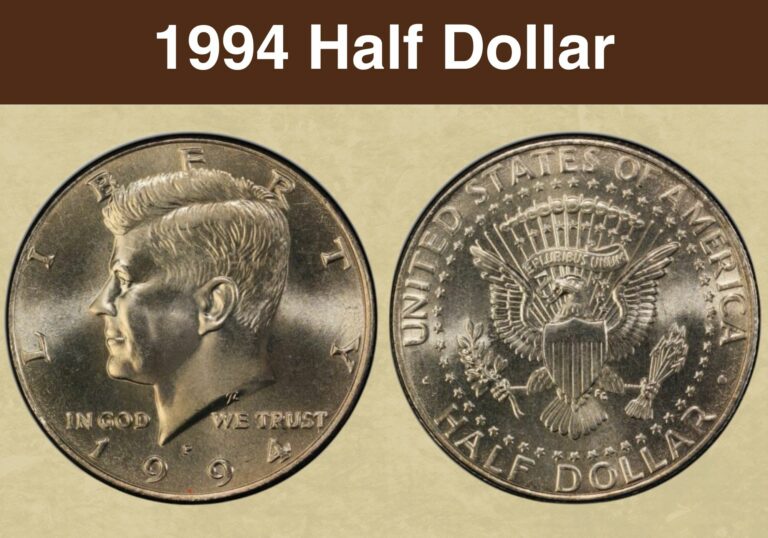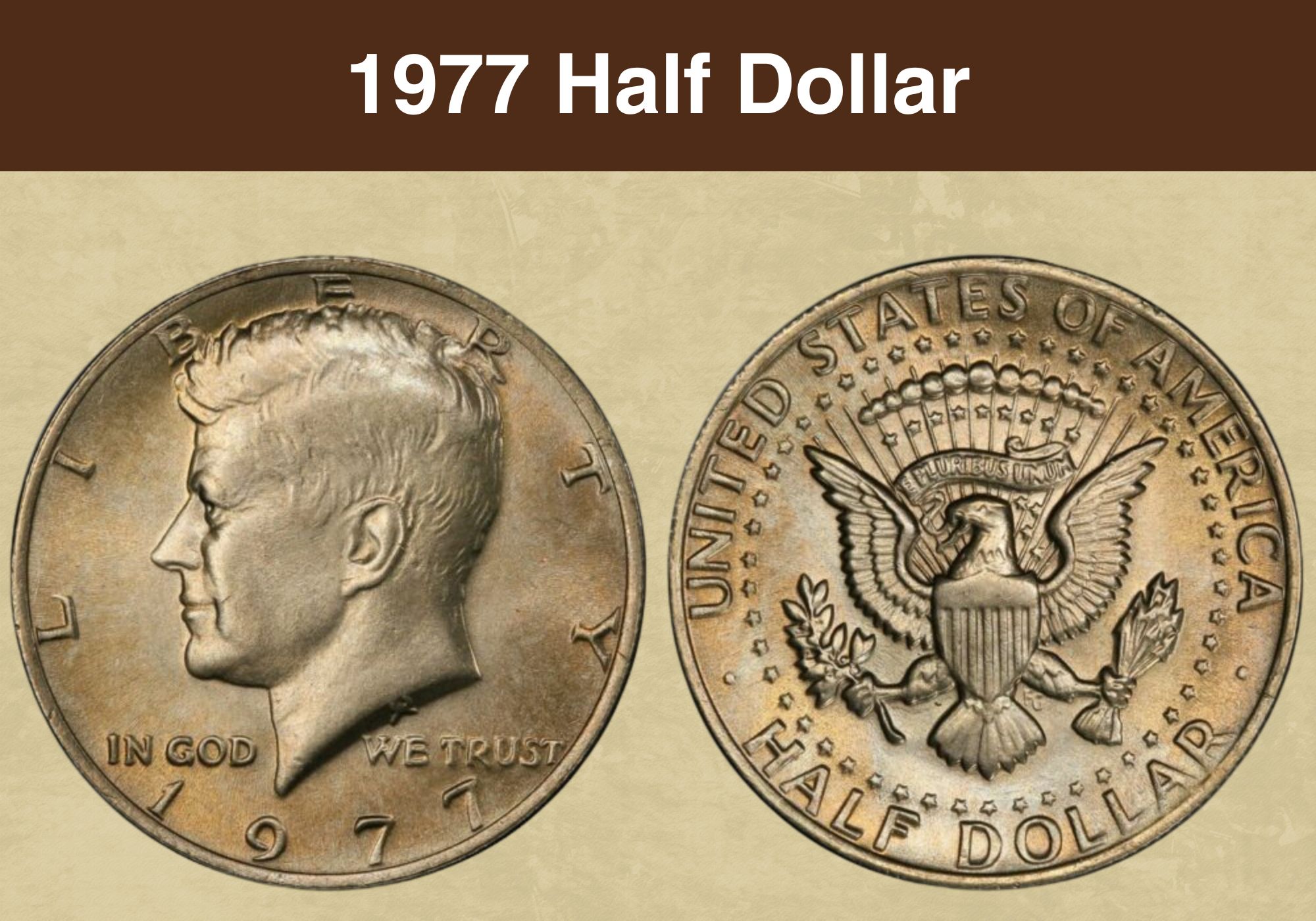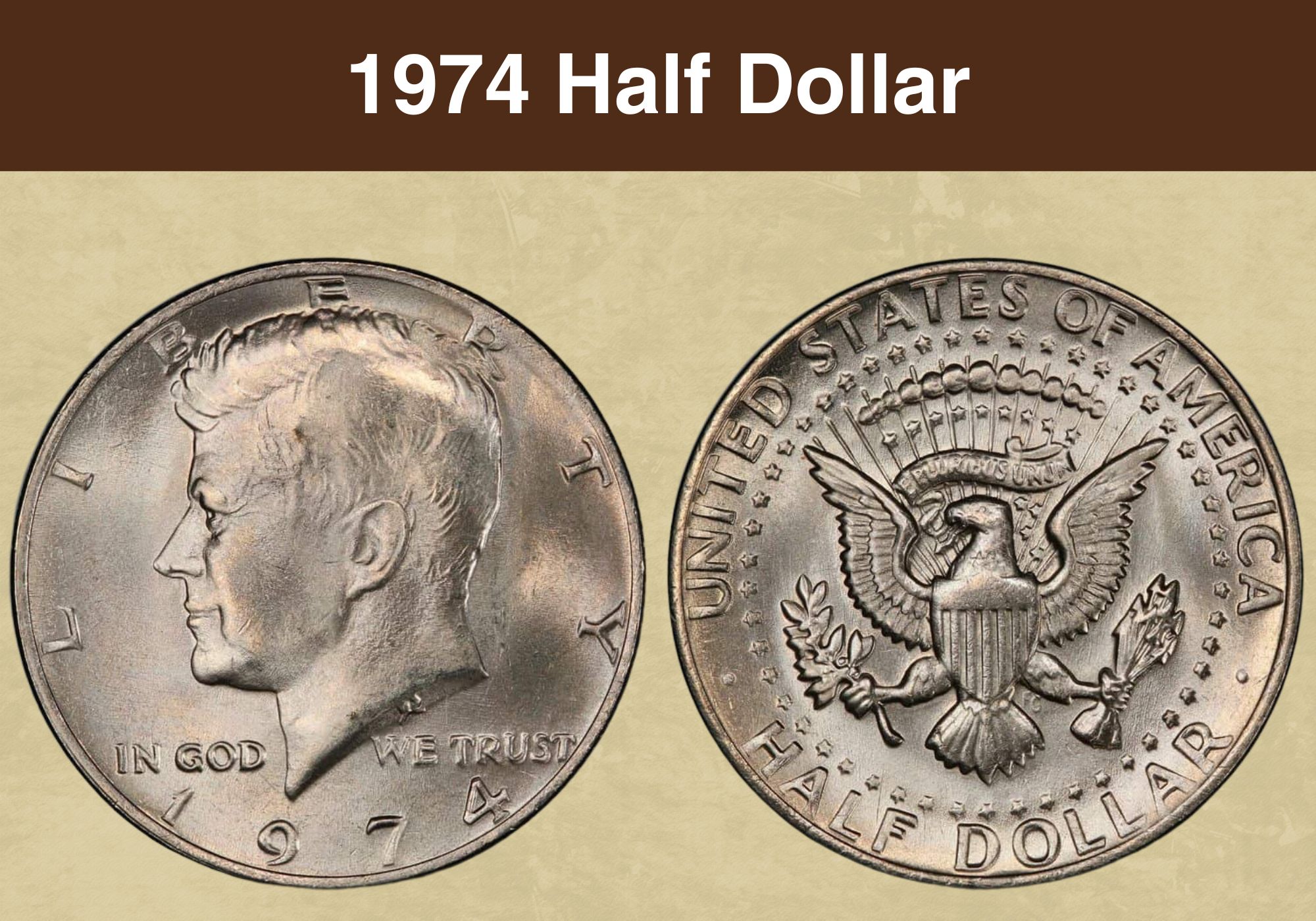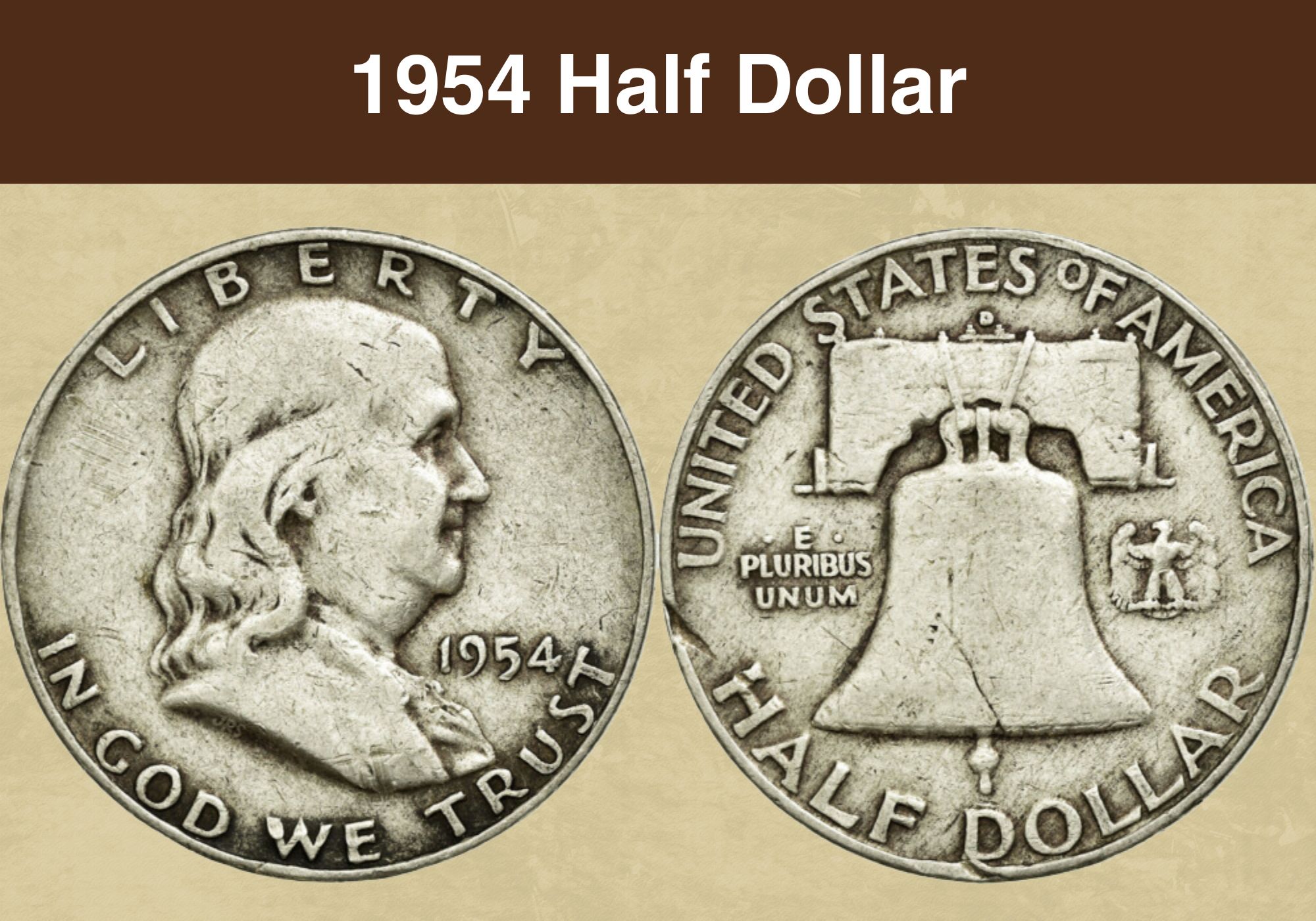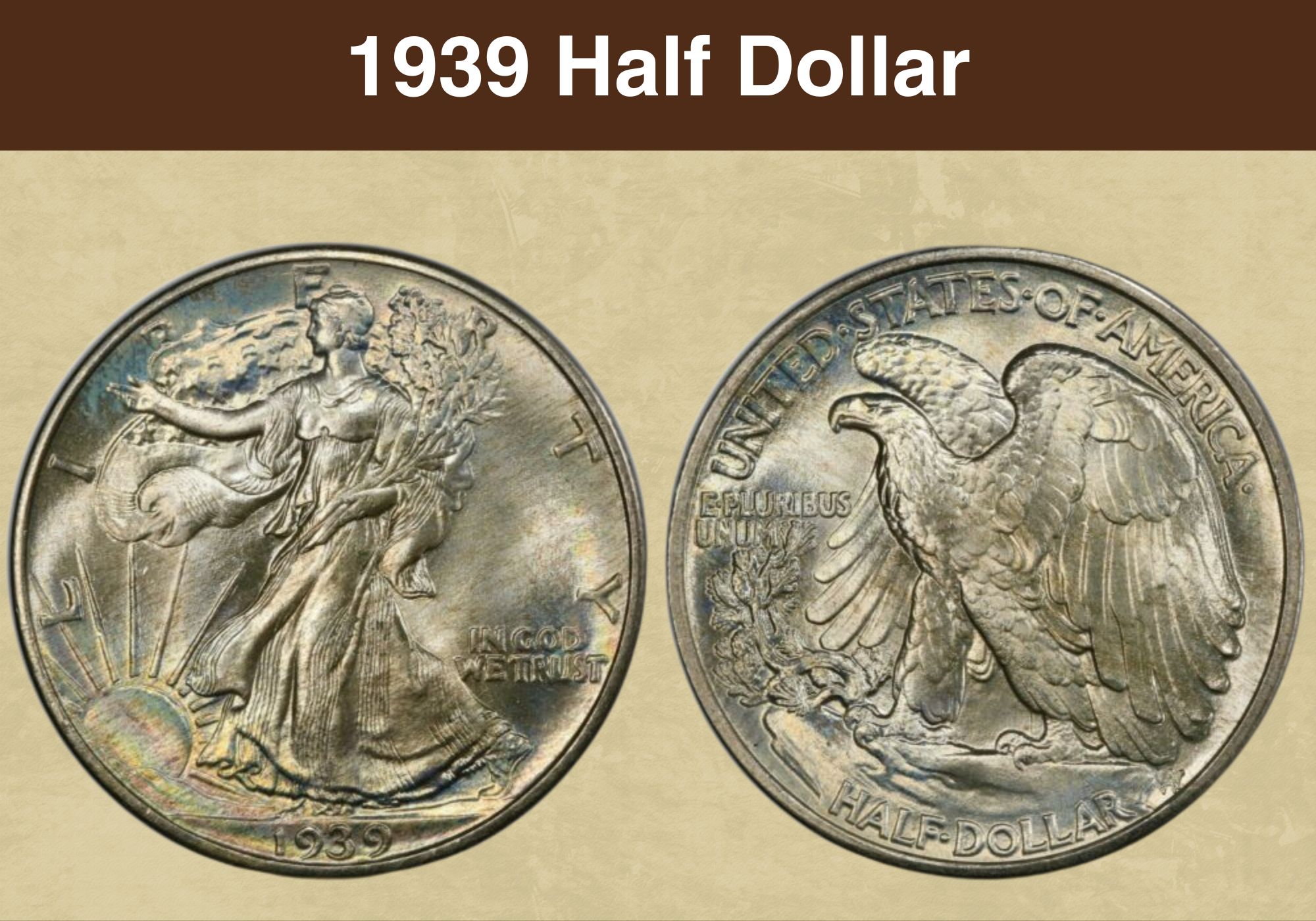
Coin Value Contents Table
The 1939 half-dollar, also known as the Walking Liberty half-dollar, has one of the most interesting and complex designs, both on the obverse and reverse. However, that is not the only reason collectors like to have this coin.
The 1939 half-dollar is a silver coin, which makes it more valuable compared to, for example, copper coins. That said, regardless of your coin’s condition, you can always sell it for its worth in silver, which fluctuates depending on the market.
So, let’s check the 1939 half-dollar value, history, details, varieties, and rare errors!
1939 Half Dollar Value Chart |
||||
| Mint Mark | Good | Fine | Extremely Fine | MS 65 |
| 1939 No Mint Mark Half Dollar Value | $19 | $22 | $26 | $250 |
| 1939 D Half Dollar Value | $19 | $22 | $26 | $300 |
| 1939 S Half Dollar Value | $19 | $22 | $36 | $365 |
| PR 60 | PR 65 | PR 67 | PR 68 | |
| 1939 Proof Half Dollar Value | – | – | – | $750 |
1939 Half Dollar Grading
One of the most common questions coin enthusiasts tend to ask is how to grade coins and what determines their value. The grade and the value are connected because the grade, in most cases, affects the value, although there are exceptions.
| # | Grade |
|---|---|
| 1 | Basal State-1 |
| 2 | Fair |
| 3 | Very Fair |
| 4, 5, 6 | Good |
| 7, 8, 10 | Very Good |
| 12, 15 | Fine |
| 20, 30 | Very Fine |
| 40 | Extremely Fine |
| 50 | About Uncirculated |
| 60 | Mint State |
| 65 | Mint State |
| 70 | Mint State |
Please check our grading guides to know your coin scale, It’s the necessary step to know the exact value of your coin.
Check out now: How to Grade Walking Liberty Half Dollar?
1939 No Mint Mark Half Dollar Value
History
The 1939 half-dollar is a type of coin from the Walking Liberty category minted from 1916 to 1947. Adolph A. Weinman created the fascinating obverse and reverse design.
The Walking Liberty half-dollar replaced the Barber coinage created and was developed by another famous sculptor and engraver Charles E. Barber. The new design arrived after the Barber coinage had been in place for 25 years.
As you may know, a law enacted in 1890 specifies that the design of American coinage cannot be replaced or changed more frequently than once every 25 years.
Therefore, in 1916, the Barber Half-dollar and dime had been around for 25 years, marking the time for a new design and a competition.
The Mint Director at the time, Robert Woolley, was in the process of replacing Barber coinage, including dimes and quarters, and he instructed the Commission of Fine Arts to launch a competition for the new half-dollar designer.
The Commission of Fine Arts also reviewed Barber’s designs, which he submitted but disliked them. Three sculptors were chosen to present their designs and sketches: Adolph Weinman, Hermon MacNeil, and Albin Polasek. Ultimately, five of Weinman’s designs were chosen, which were later modified.
Obverse
The 1939 Walking Liberty dollar was very popular; however, minting these coins was challenging as the design never struck very well on the coin. The Franklin half-dollar replaced The Liberty Walking half-dollar in 1948.
The 1939 Walking Liberty half-dollar coin is known for having Roman and Greek elements. The obverse depicts the image of Liberty walking toward the seemingly setting sun in the left corner of the coin. The Lady is also surrounded by the American flag, with stars billowing over her shoulder.
Liberty’s right hand is outstretched, and on the upper coin’s rim, we can see the capitalized inscription “LIBERTY.” The letters “B” and “R” in the “LIBERTY” are partly obscured by the American flag and the branches.
She holds two branches, an oak and an olive branch, symbolizing peace and prosperity. On the left side of the Liberty, we can see the American motto, “IN GOD WE TRUST,” while the mint year “1939” is on the lower rim.
Reverse
The reverse features an American eagle in the coin’s center, perched on a flat surface with outstretched wings. The eagle holds a mountain pine branch in his talons, surrounded by the inscription “UNITED STATES OF AMERICA.”
To his left side, right above the mountain pine branch, is the second American motto, “E PLURIBUS UNUM,” translating to “Out of many, one.” The coin’s denomination, “HALF DOLLAR,” is struck on the lower rim.
Other Details
As noted, the coin’s metal composition is 80% silver and 10% copper. The diameter is 30.63 millimeters, while the coin’s thickness is 1.8 millimeters. The coin is round and has a reeded edge with a weight of 12.5 grams.
The current melt value of these coins, which have over 12 grams, is around $9.20, exceeding their face value of 50C. The Walking Liberty half-dollar was minted at three facilities in 1939: Denver, San Francisco, and Philadelphia.
Value and Mintage
The total mintage of the half dollar in 1939 is around 14 million. The highest mintage was in Philadelphia-6,812,000. The half-dollar minted in Philadelphia does not have a mint mark.
In good condition, a 1939 No Mint Mark half-dollar can cost around $19, while in fine or extra fine, the price can range between $22 and $26. You can get around $35 for the 1939 half-dollar without the mint mark in about circulated condition.
The most valuable are the pieces in mint states. In MS 60, you can expect to pay around $51. In MS 63, the price can range between $60 and $170.
In MS 65, 1939 No Mint Mark half-dollar can cost up to $250. The same specimen in MS 67 can cost between $450 and $1,700. The highest reported grade for this variety is MS 68 +, and the coin in this grade can cost between $10,000 and $49,000.
The auction record for the 1939 No Mint Mark half-dollar in MS 68+ was 49,938 at the Legend Rare Coin Auctions.
Also read: 13 Most Valuable Franklin Half Dollars Worth Money
1939 D Half Dollar Value
The second highest mintage in the series was in Denver Mint, which produced 4,267,800 half dollars in 1939. The half dollars minted in Denver have a distinguishable “D” mint mark on the reverse, underneath the mountain pine branch.
Although the mintage in Denver Mint is lower than the Philadelphia Mint, the value of the 1969 D half-dollar is similar to the 1939 No Mint Mark quarter. Therefore, you can expect to pay around $19 for the 1939 D half-dollar in good or average condition.
In fine to extra fine condition, the 1939 D half-dollar can cost between $22 and $26. Similarly to the no-mint mark variety, the 1939 D half-dollar is highly valuable in higher-mint states. Therefore, in MS 60, expect to pay around $50 to $60 for the 1939 D half-dollar.
In MS 63, the price of the 1939 D half-dollar ranges between $60 and $150. In MS 65, the price of the 1939 D half-dollar is between $130 and $600. In MS 67 or MS 67+, expect to pay between $800 and $1,800. The highest reported grade for this coin is MS 68; only three specimens have this grade.
The value of the 1939 D half-dollar in MS 68 is between $3,000 and $25,000. The highest amount paid for the 1939 D half-dollar in MS 68 is $25,850, according to the Professional Coin Grading Service (PCGS).
1939 S Half Dollar Value
The lowest mintage was in San Francisco Mint- 2,552,000. These coins have the “S” mint mark located on the reverse. As mentioned, there were issues with striking these coins and those are most visible on the 1939 S half-dollar variety. Therefore, finding these coins in very good condition is a challenge.
Despite the low mintage number, these coins are not particularly valuable in lower grades. You can expect to pay around $19 for the 1939 S half-dollar in good condition. In fine to extra fine condition, the 1939 S half-dollar price ranges between $22 and $36.
In MS 60, the price for the 1939 S half-dollar ranges between $100 and $160. In MS 63, expect to pay around $130 to $300 for the half dollar with the “S” mint mark.
In MS 65, the price of the 1939 half-dollar can range between $250 and $500. In MS 67, the value can range between $900 and $2,000. The auction record for the 1939 S half-dollar in 67+ is $6,250. According to the PCGS, around 32 specimens of this variety are in MS 67+ grade.
The most valuable is the 1939 S half-dollar in MS 68, and such a specimen was sold at the Heritage Auctions in 2019 for an astonishing $13,800.
1939 Proof Half Dollar Value
The Philadelphia Mint also struck proof coins in 1939-8,808. Considering that Philadelphia Mint did not strike a mint mark in 1939 on the coins produced at the Mint, proof coins do not have any mint mark.
If you are familiar with the proof coins, they are usually highly valuable, and collectors will not hesitate to go out of their way to find and purchase these. The proof coins, in general, are high-quality because they are made differently from regular coins and have excellent luster, details, and devices.
They are special and early specimens of a certain coin that are not intended for circulation but rather for archival purposes and to test the dies. So, if you want to find the most valuable 1939 half-dollar, look for the proof coins.
What makes them also valuable is the low mintage number. Also, the proof coins are graded on the Sheldon scale from MS 60 through MS 70 because of their high-quality strike and are given the PR or PF abbreviation preceding the grade to indicate that it is a proof coin.
In PR 60, the value of the 1939 proof half-dollar is between $200 and $500. In PR 65, the 1939 proof coin can be worth between $400 and $800. The 1939 proof half-dollar in PR 67 can cost between $800 and $1,500. IN PR 68, the price of the 1939 proof half-dollar can reach $6,000 or even higher.
However, the same specimen in MS 68+ ranges between $5,000 and $40,000. The 1939 proof half-dollar auction record was $40,800 at the Heritage Auctions in 2020.
Also read: 13 Most Valuable Kennedy Half Dollar Worth Money
1939 Half Dollar Rare Error List
Although it might seem illogical, finding a coin with a rare error can make it very valuable or high-cost. However, the value also depends on the coin’s condition, variety, and mint mark. So, let’s check which error you should look for on Walking Liberty half-dollars.
1939 Half Dollar Double Die Obverse Error
The double die obverse error, abbreviated as DDO, occurs when the die used to strike the coin moves between the strikes, so the second strike ends up at a different angle, resulting in a doubling effect.
What you need to look for on the 1939 Walking Liberty half-dollar is the doubling of the American motto “IN GOD WE TRUST” and the mint year. The 1939 S half-dollar with the DDO error graded MS 64 was sold for $190. However, another specimen in MS 65+ with DDO error was sold for $1,370 in 2014.
1939 Half Dollar Re-punched Mint Mark Error
Re-punched mint mark error or RPM happened when the die used to strike the mint mark shifts during the hubbing process, leaving a slightly doubled effect on the mint mark. This error is mainly limited to the 1939 D half-dollar.
The re-punched mint mark error will, in most cases, boost the coin’s price if it is in a decent or good state. The 1939 D half-dollar with RPM error or D/D error in MS 64+ was sold for $1,295.However, another specimen in the same condition and error was sold for $1,090 in 2020.
Also read: 11 Most Valuable Half Dollars In Circulation
Where to Sell Your 1939 Half Dollar ?
Now that you know the value of your coins, do you know where to sell those coins online easily? Don’t worry, I’ve compiled a list of these sites, including their introduction, pros, and cons.
Check out now: Best Places To Sell Coins Online (Pros & Cons)
1939 Half Dollar FAQs
Is a 1939 half-dollar worth anything?
The 1939 half-dollar is a silver coin, meaning that you can always sell it for its worth in silver weight. The melt value of the 1939 half-dollar is slightly over $9, far exceeding its face value. In good condition, the coin can be worth around $13.
What to look for in half dollars?
What makes the half-dollar valuable is its high level of preservation and errors, although these coins in high mint states can be worth a small fortune even without the error. So, it would help if you established its grade, the mint mark, finish, and anatomy.
If you think you might have a valuable half-dollar, we suggest you get it graded.

